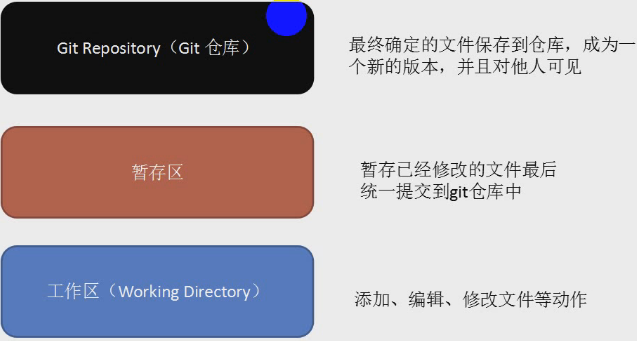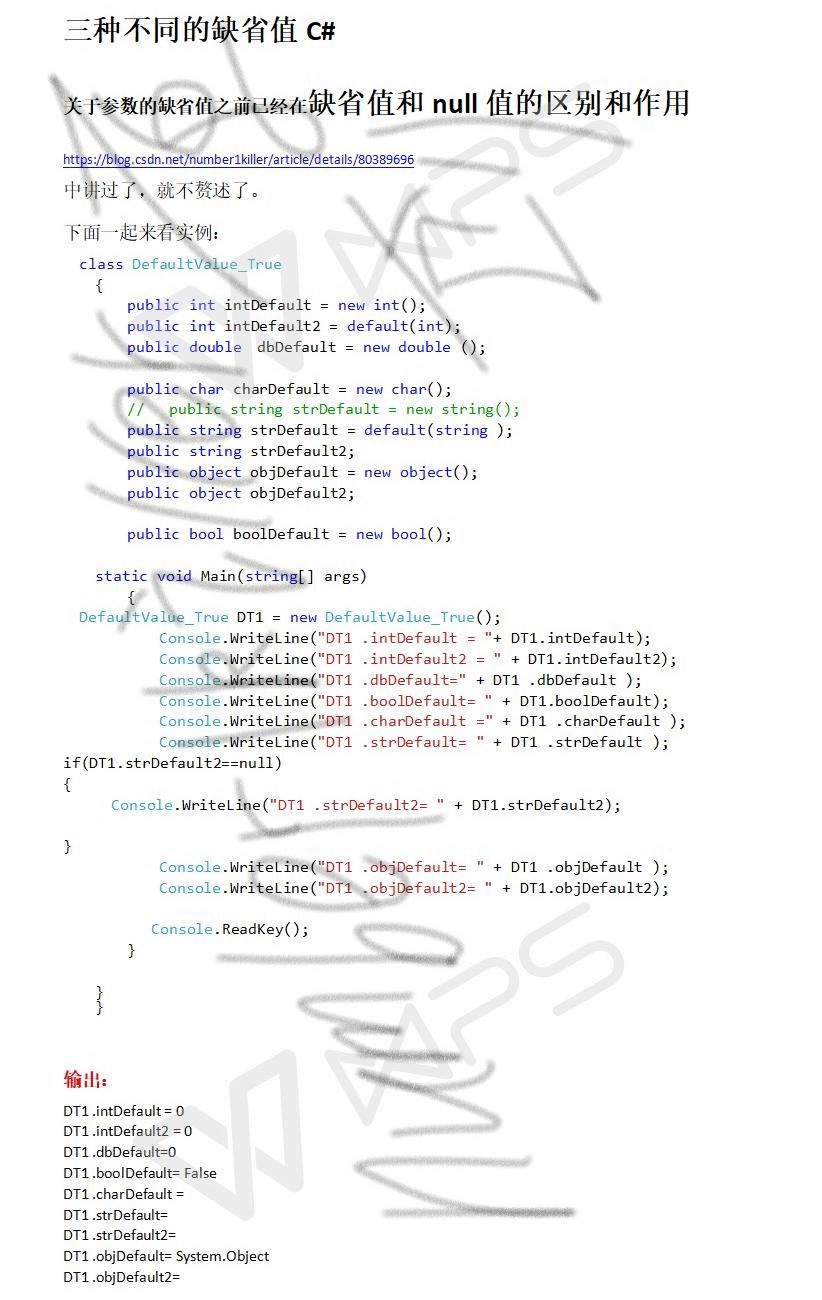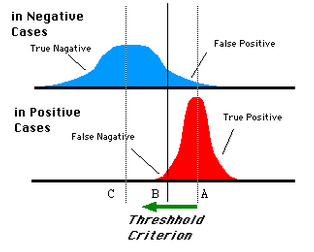Java 两个栈实现队列和两个队列实现栈
两个队列实现栈:
package test;import java.util.Stack;public class TwoStackQueue {public Stack<Integer> stackPush;public Stack<Integer> stackPop;public TwoStackQueue(){stackPush = new Stack<Integer>();stackPop = new Stack<Integer>();}public void push(int num){while(!stackPop.isEmpty()){stackPush.push(stackPop.pop());}stackPush.push(num);}public int pop(){while(!stackPush.isEmpty()){stackPop.add(stackPush.pop());}return stackPop.pop();}public static void main(String args[]){TwoStackQueue test = new TwoStackQueue();test.push(1);test.push(2);test.push(3);System.out.println(test.pop());}}
两个队列实现栈
package test;import java.util.LinkedList;import java.util.Queue;public class TwoQueueStack {public static Queue<Integer> queue1;public static Queue<Integer> queue2;public TwoQueueStack(){queue1 = new LinkedList<Integer>();queue2 = new LinkedList<Integer>();}public void push(int x) {if(empty()){queue1.offer(x);}else{if(!queue1.isEmpty()){queue2.offer(x);while(!queue1.isEmpty()){queue2.offer(queue1.poll());}}else if(!queue2.isEmpty()){queue1.offer(x);while(!queue2.isEmpty()){queue1.offer(queue2.poll());}}}}public static int pop(){if(!queue1.isEmpty()){return queue1.poll();}else if(!queue2.isEmpty()){return queue2.poll();}else{return 0;}}public boolean empty() {return queue1.isEmpty() & queue2.isEmpty();}public static void main(String args[]){TwoQueueStack test = new TwoQueueStack();test.push(1);test.push(2);System.out.println(pop());}}



































还没有评论,来说两句吧...